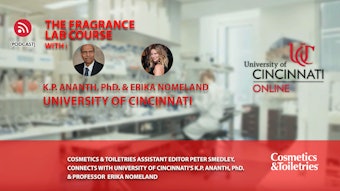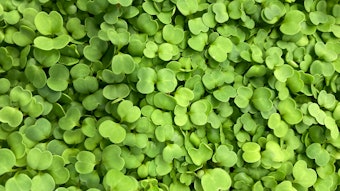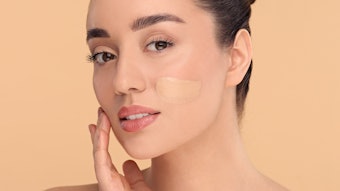The last time I shopped at my favorite grocer’s, their cantaloupe supply was dangerously low. And although this roadblock tempted me to hold off on my new diet, I grabbed the few remaining, overly ripe melons and dropped them into the shopping cart. After all, in sub-zero weather, who wants to make more than one stop for groceries?
To my dismay, the melons did not age well, and their potent presence permeated the kitchen. Where did they wind up? In the trash. This experience taught me a lesson—to shop around because the same old vendor provided less than desirable product. In fact, this week I found good cantaloupe on sale at a different shop, which was just as close to home. What does my experience have to do with personal care? Quite a bit, actually.
In recent years, the focus of product developers has been on delivery, with efforts heavily focused on topical transit of materials through the skin barrier. In relation to this approach, Dayan sets forth guidelines to test for dermal absorption in vitro in her article beginning on Page 58. Wiechers, on the other hand, considers an alternative route—i.e., a new grocer—to get materials to where they need to go, potentially faster and more efficiently. In his article on Page 46 titled, “Transfollicular Delivery: The W(hole) Story,” Wiechers discusses delivery via the hair follicle, an approach that has more recently been confirmed to deliver materials into the skin and that, as Wiechers concludes, can no longer be ignored as an effective delivery route.
How else does this melon tale translate into personal care? The process of fermentation can be used to produce raw materials, as Abrutyn describes in his first of four articles on “Cooking Chemistry and the Cosmetic Formulator,” on Page 24. This basic lesson in food chemistry is targeted to novice formulators, but could be a refresher for seasoned cosmetic chemists.
In addition to these feature articles, von Oppen-Bezalel takes a look at colorless carotenoids for skin protection and lightening benefits, a vital aspect of ethnic product formulation, on Page 66, while Auffray describes a fragrance that is uniquely designed to double as an antiaging active, on Page 88. Finally, Rigoletto et al. read between the lines on Page 76 to examine the synergies that occur in polyelectrolyte complexes, providing new opportunities for raw materials.
While the articles in this issue of C&T magazine span several topics, they all share something in common: innovators with fresh approaches to formulating. Now that’s using your melon.










